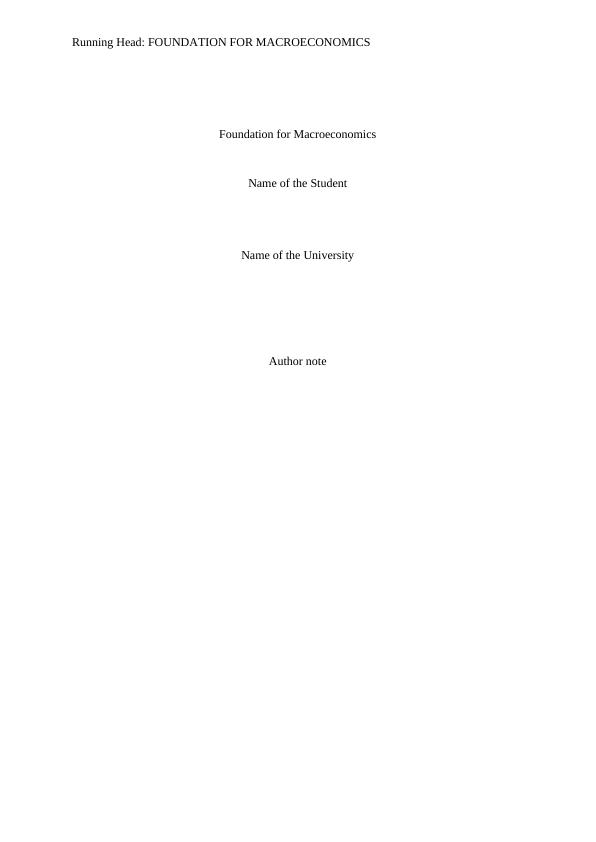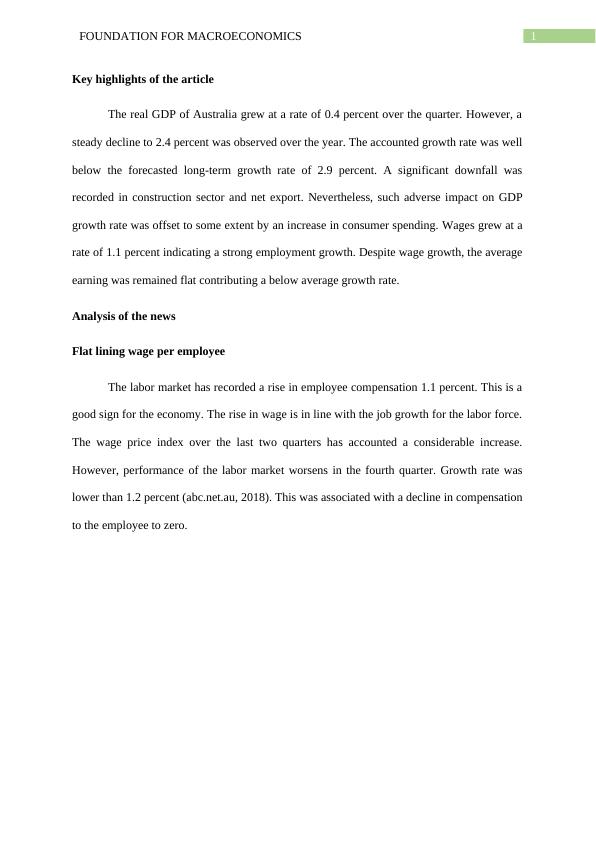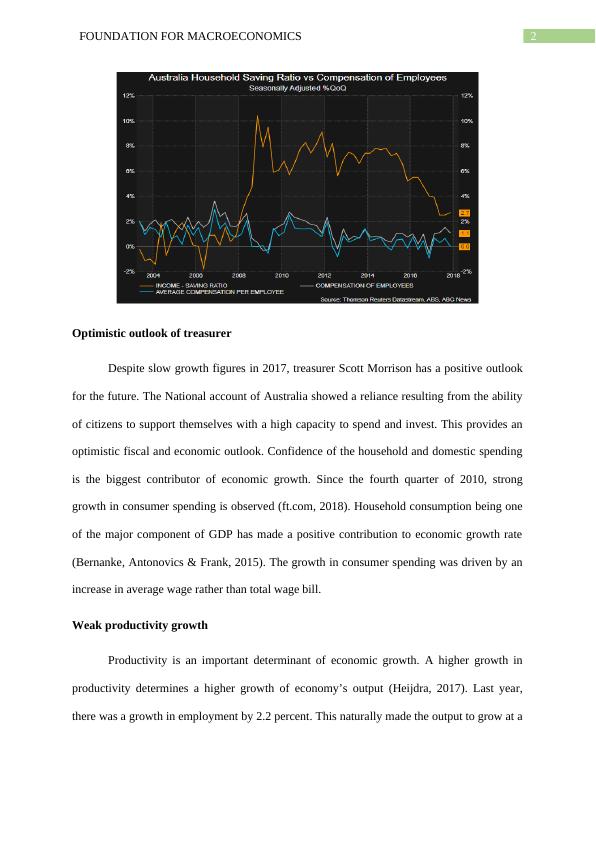Australia's GDP Growth Rate in 2017 and its Impact on the Economy
Bitcoin is a digital currency based on cryptography technology. This text discusses the circulation and value of Bitcoin, as well as its legal status in different countries. The main questions addressed are whether Bitcoin is considered "real money" and if it has the potential to replace national currencies. The text also briefly mentions the concept of money and different measures of GDP.
Added on 2023-06-13
About This Document
Australia's GDP Growth Rate in 2017 and its Impact on the Economy
Bitcoin is a digital currency based on cryptography technology. This text discusses the circulation and value of Bitcoin, as well as its legal status in different countries. The main questions addressed are whether Bitcoin is considered "real money" and if it has the potential to replace national currencies. The text also briefly mentions the concept of money and different measures of GDP.
Added on 2023-06-13
End of preview
Want to access all the pages? Upload your documents or become a member.



